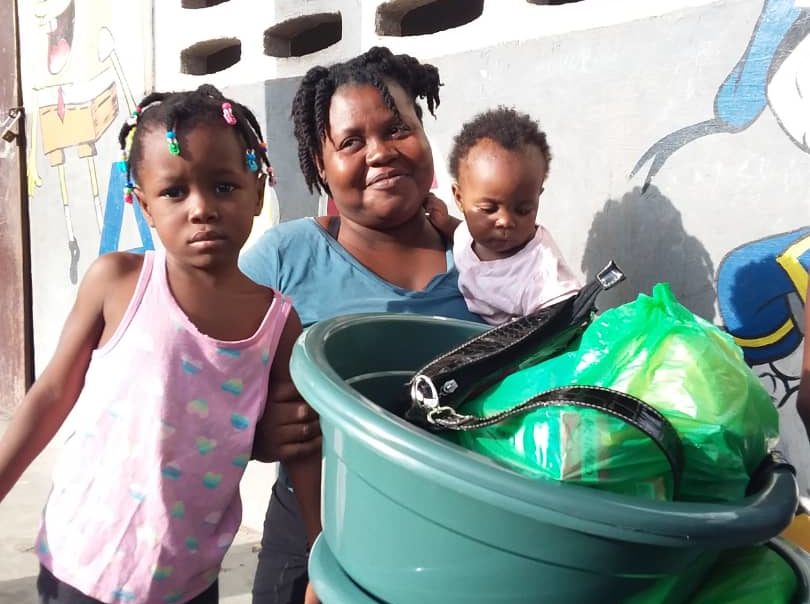
Family Strengthening
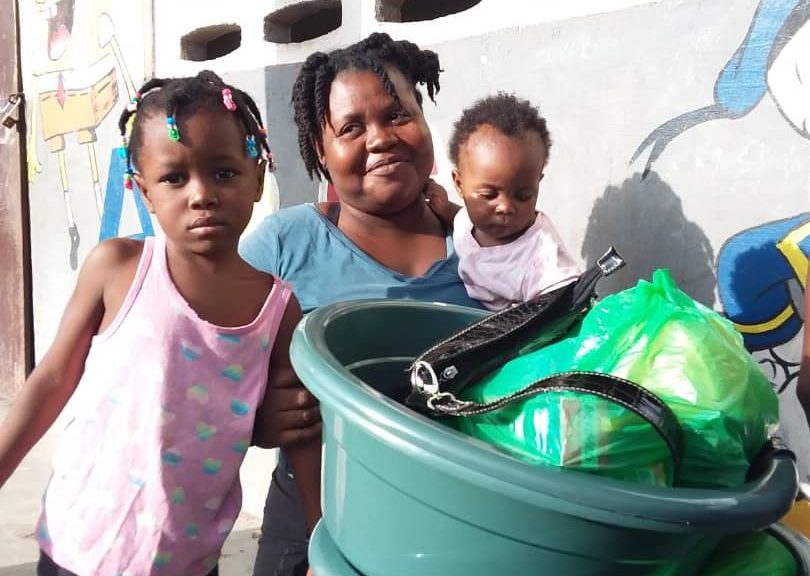
When disaster strikes, we’re always astounded by the generosity and compassion of Holt donors. And this most recent crisis in Haiti was no different.
Because of our amazing Holt donors, Holt Haiti staff was able to give immediate help to those who needed it most.
• 642 hygiene kits to serve 62 children in our partner orphanage and 106 families in a community devastated by the earthquake.
• Hot, nutritious meals to 106 families from the community and 62 children at our partner orphanage, five days per week.
• Clean water from our partner orphanage’s well to 106 families two times per day. Each family received a supply of water purification tablets and sanitary storage containers.
• COVID–19 prevention kits of masks, soap, handwashing buckets and sanitizer to five schools in the earthquake–affected area, serving up to 1,462 children.
Scroll through the photos below to see the children and families you helped!
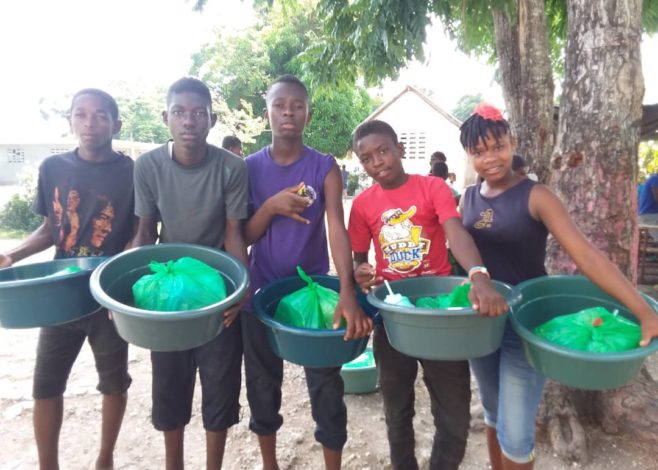
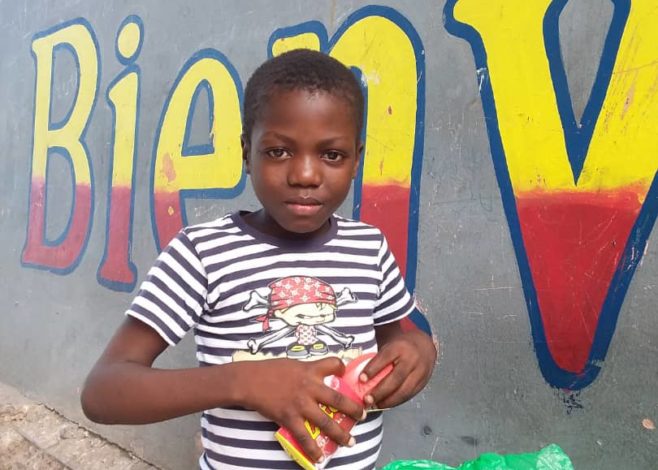
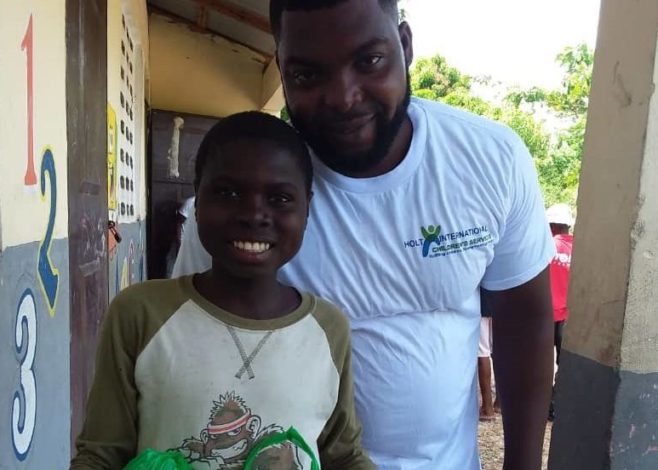
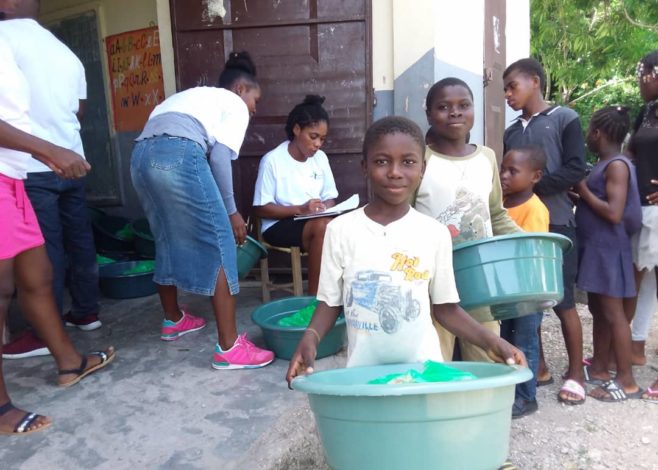
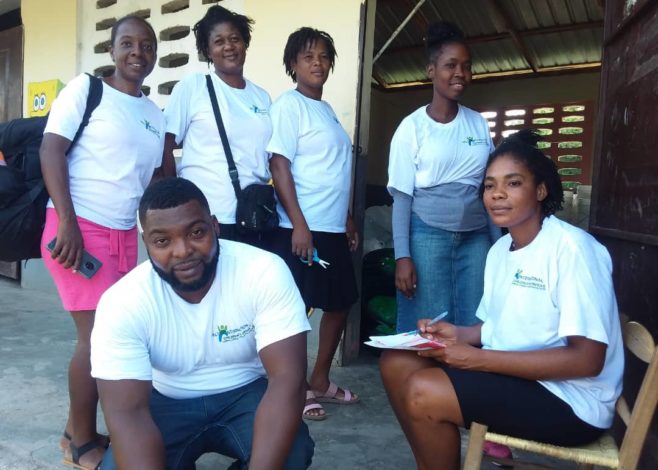
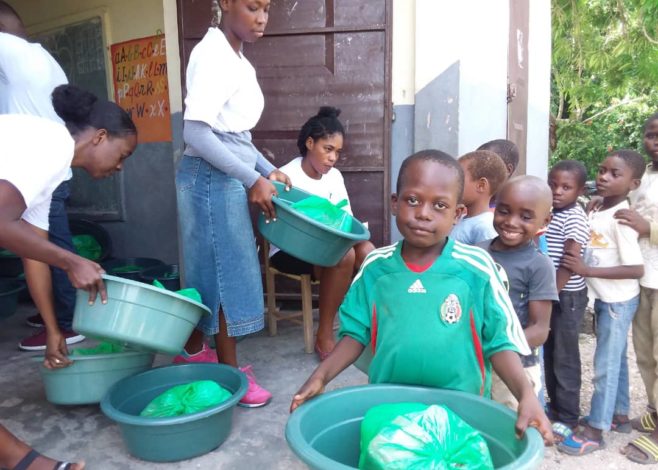
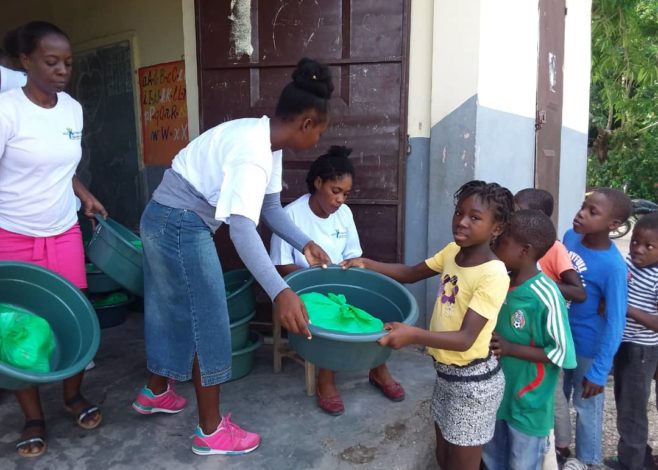
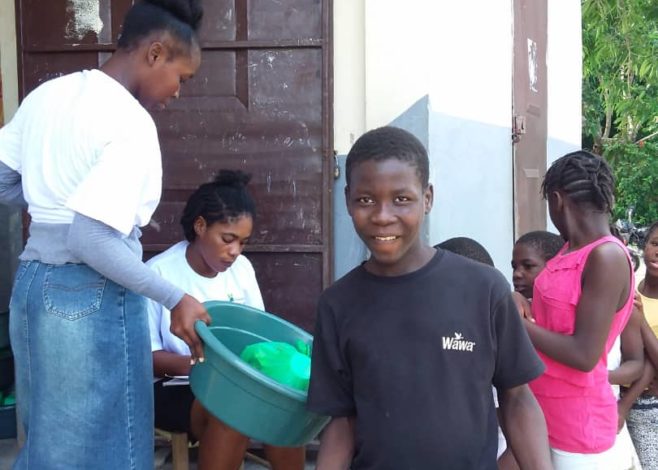
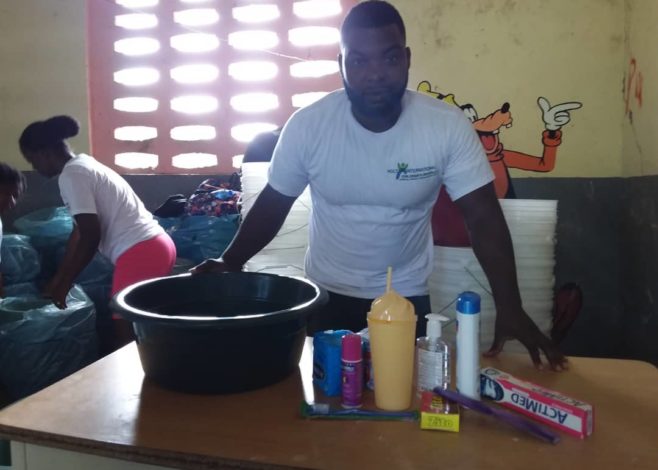
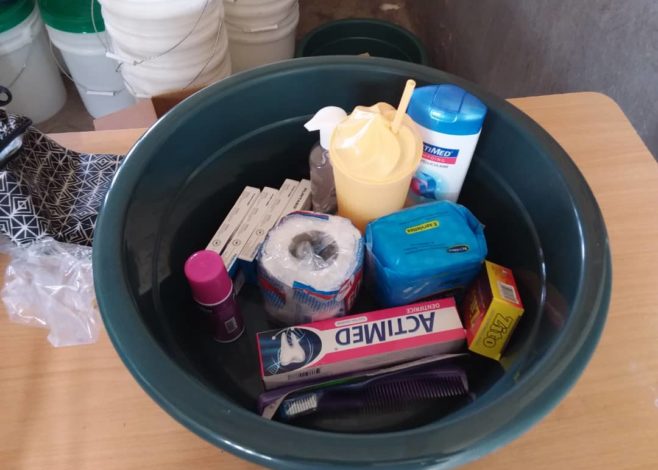
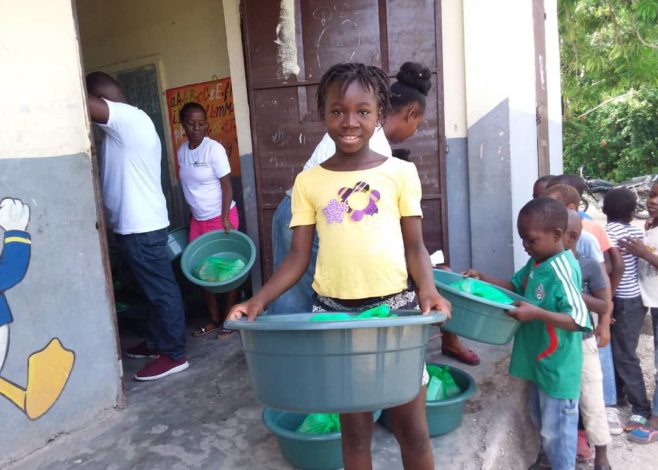
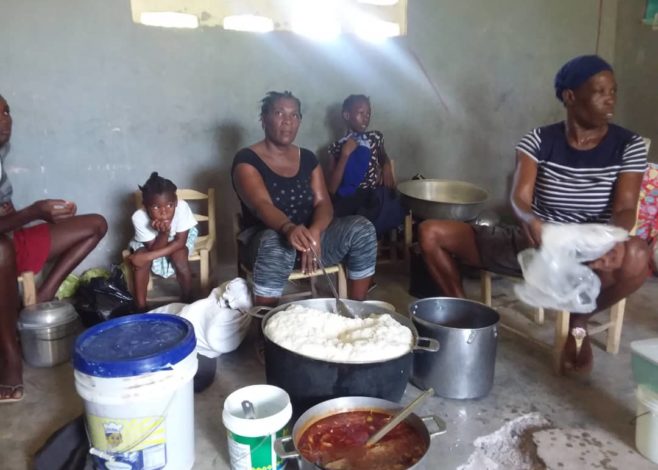
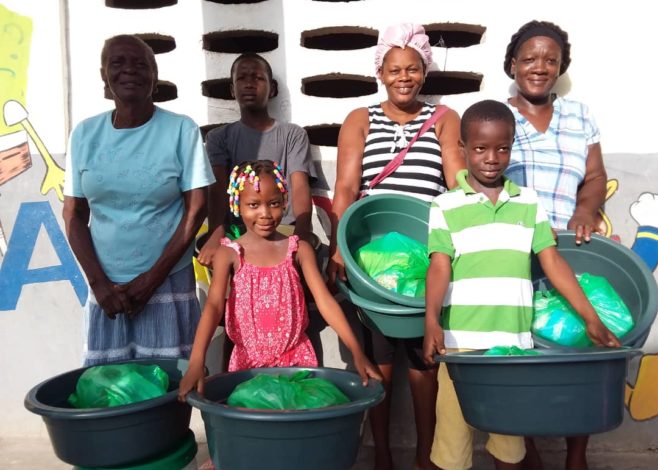
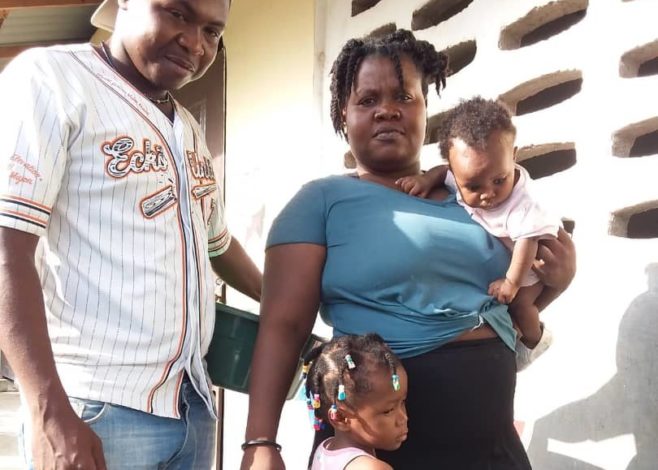
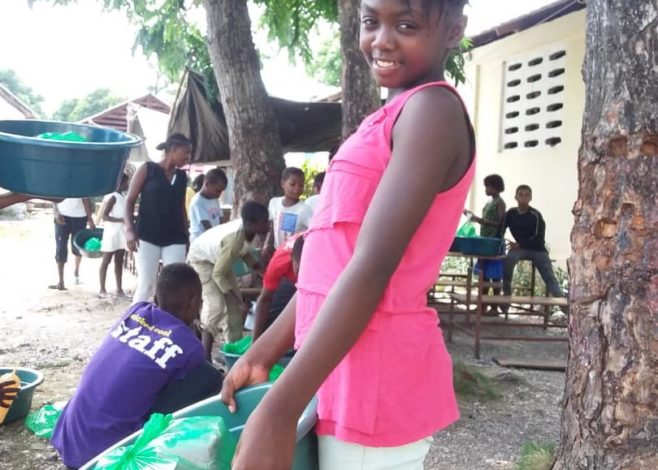
We're sorry no stories match the filters you've chosen. Please adjust your selection of filters.

Family Strengthening
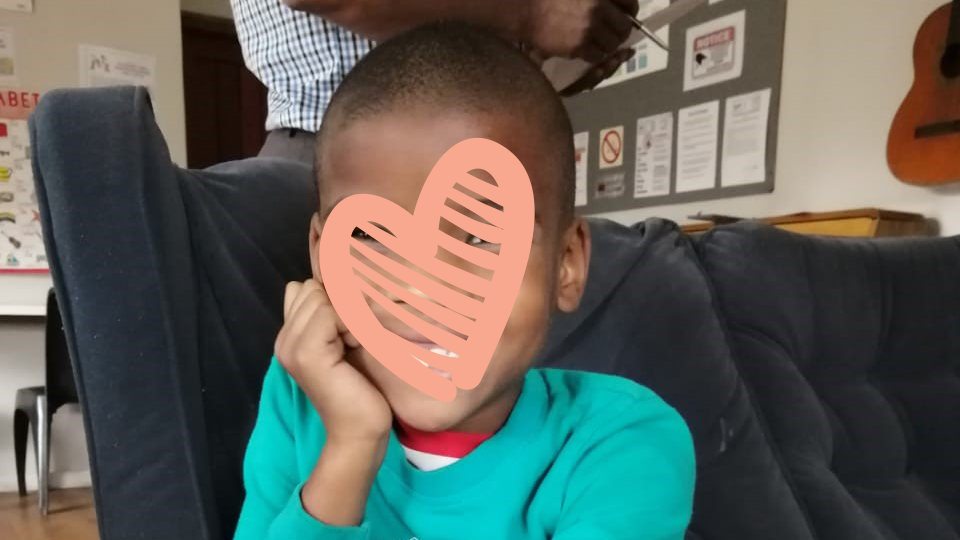
Adoption

Adoption
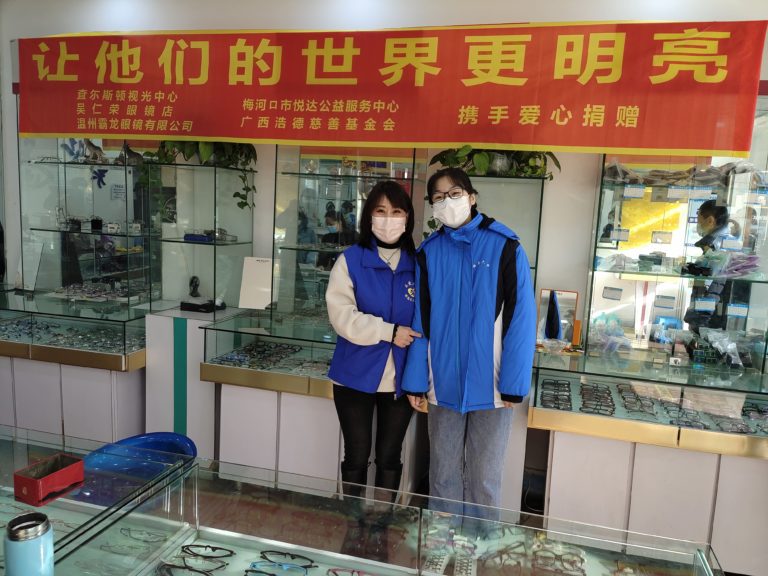
Family Strengthening
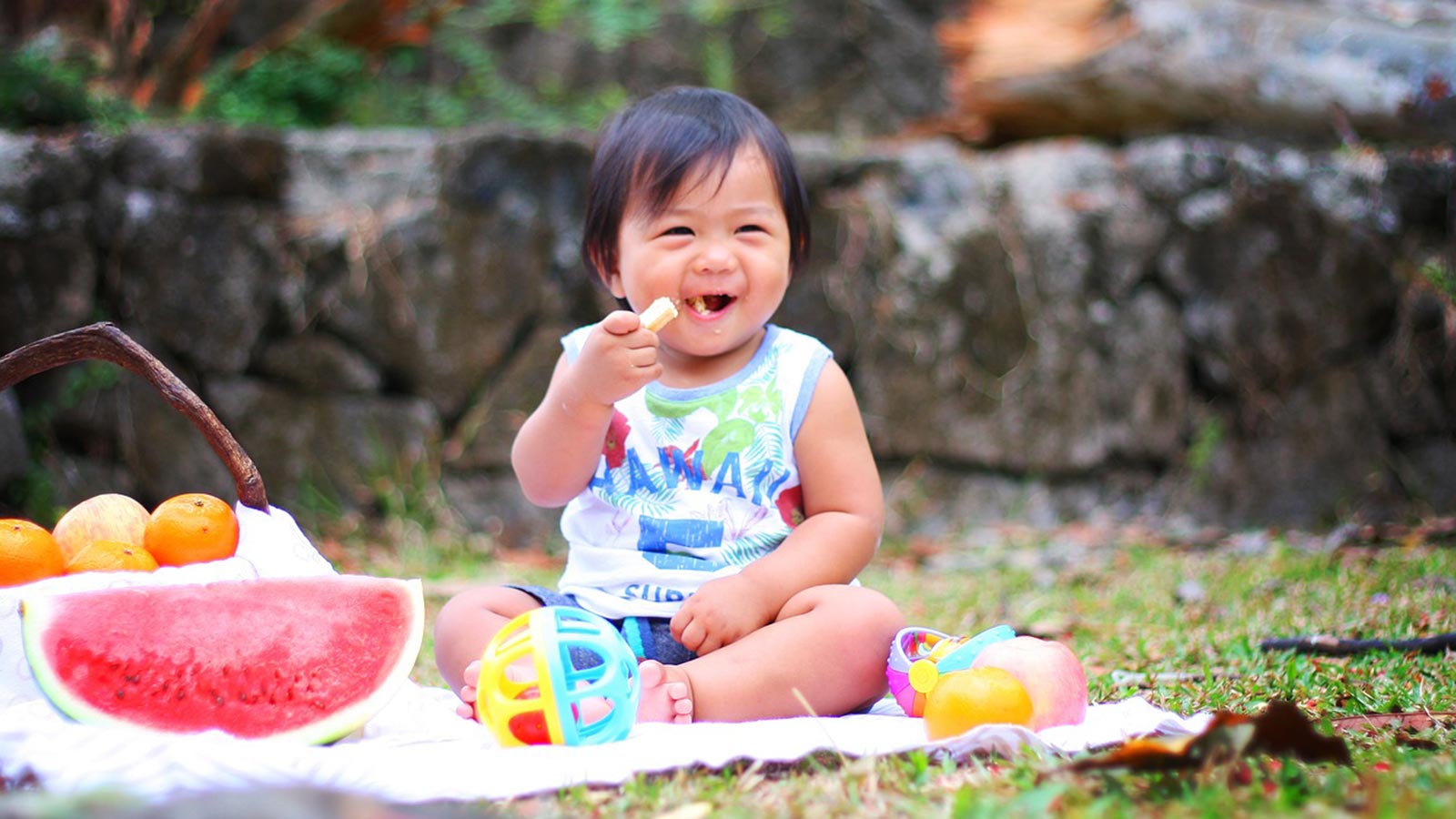
Adoption
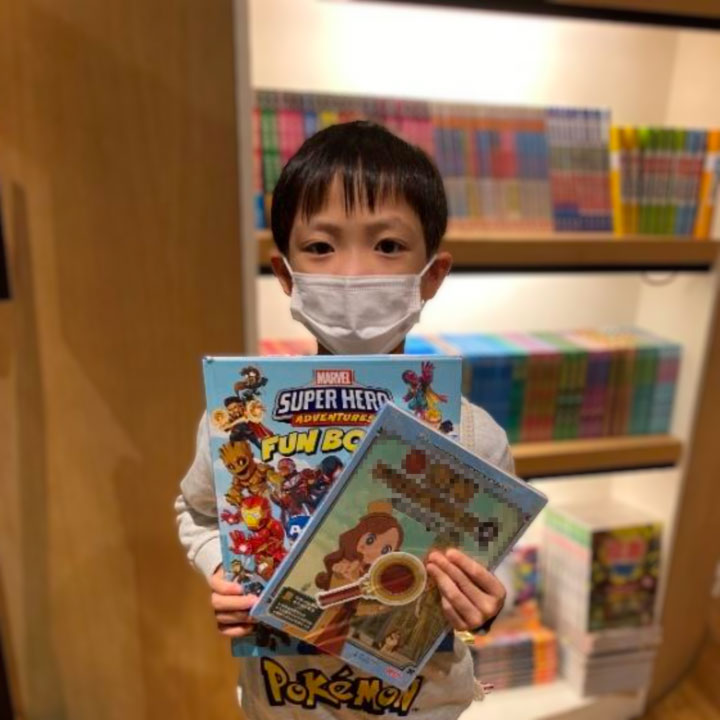
Adoption
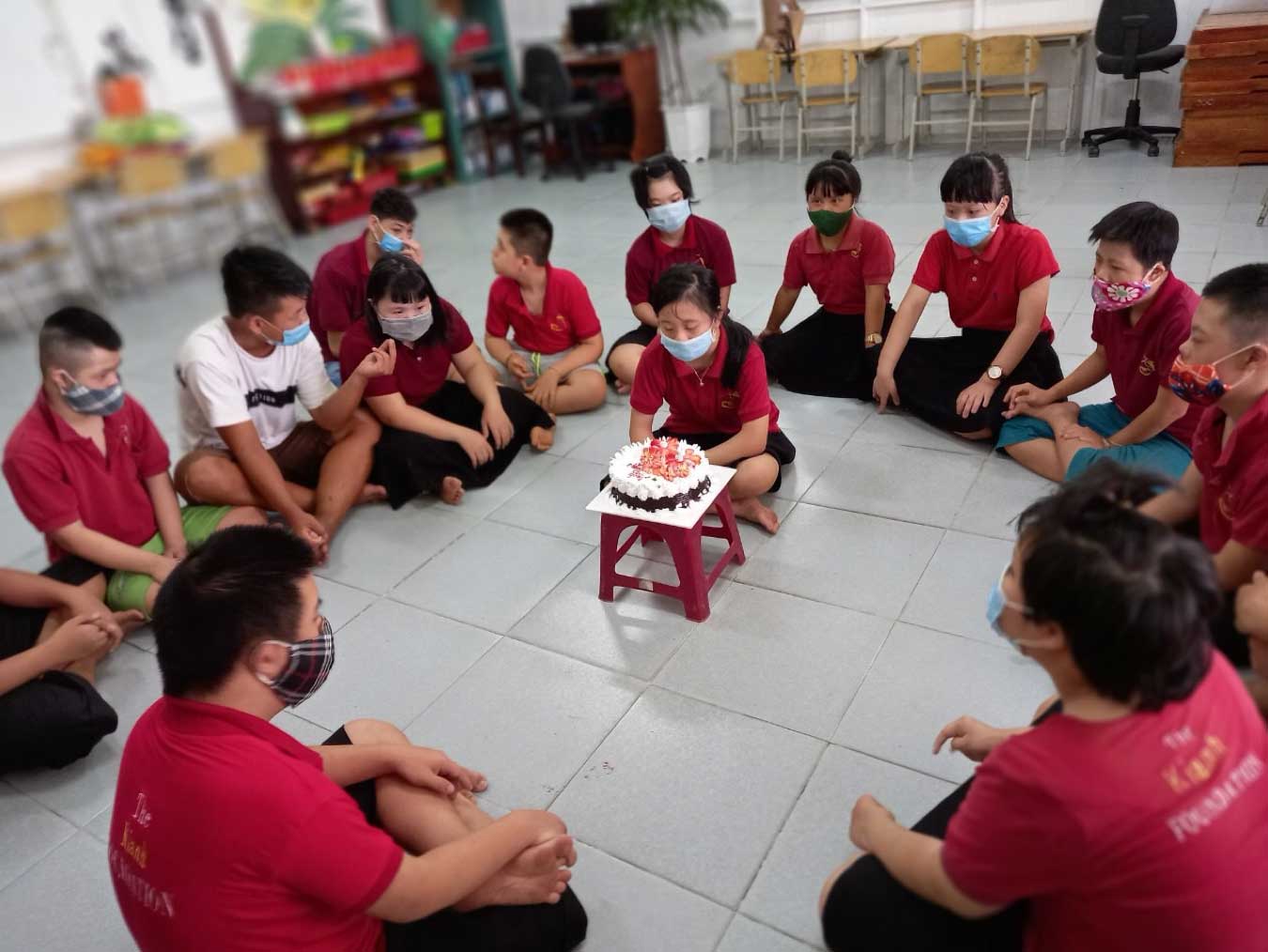
Family Strengthening
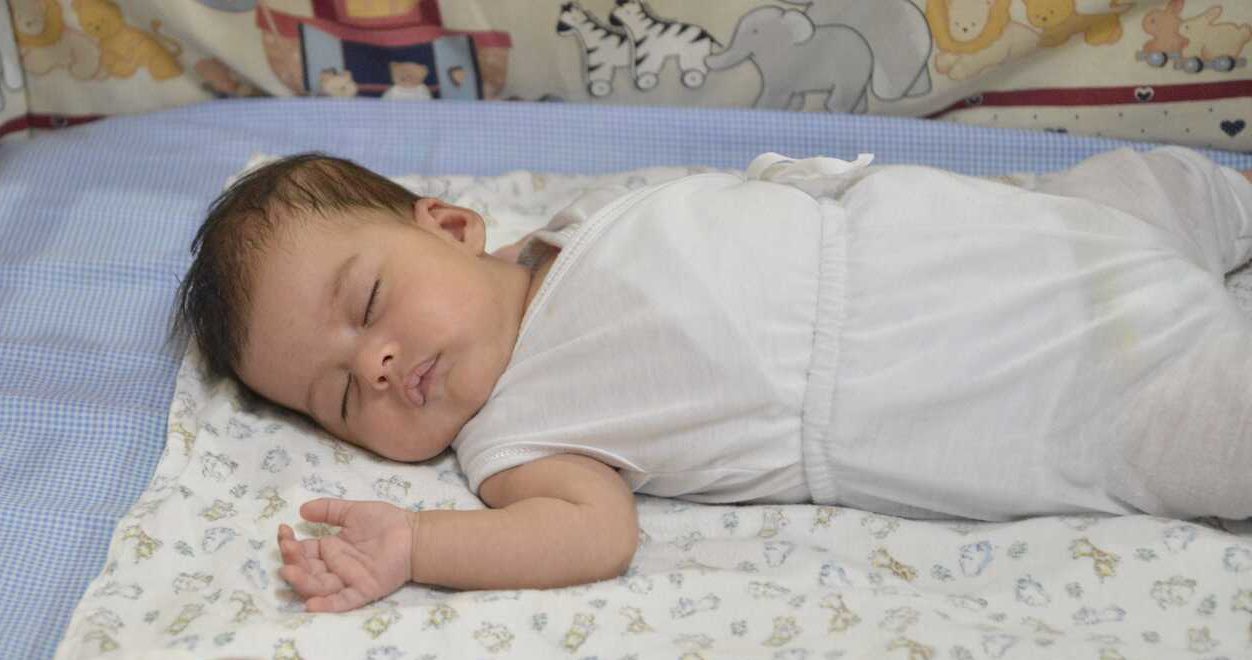
Adoption
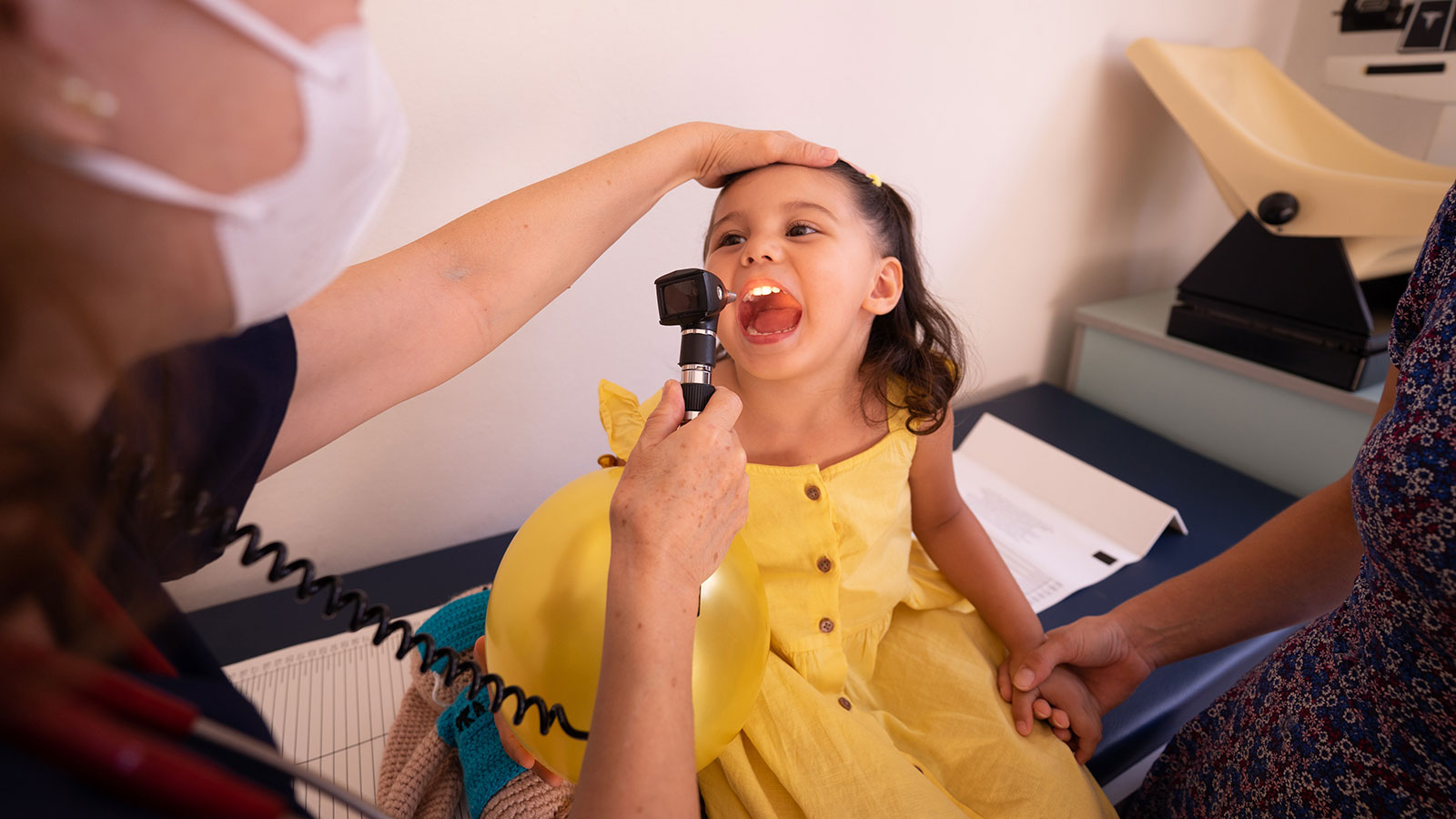
Adoption